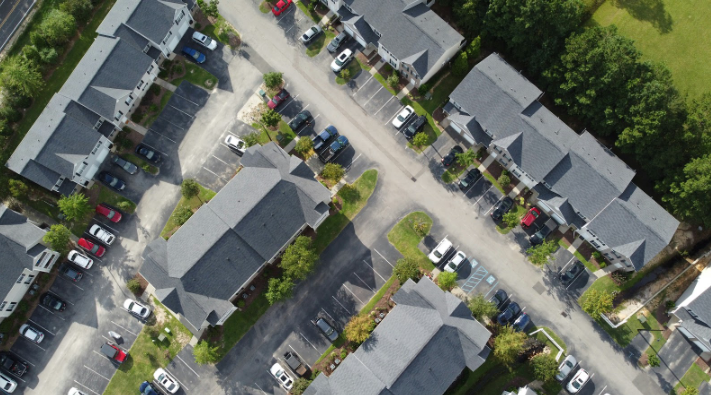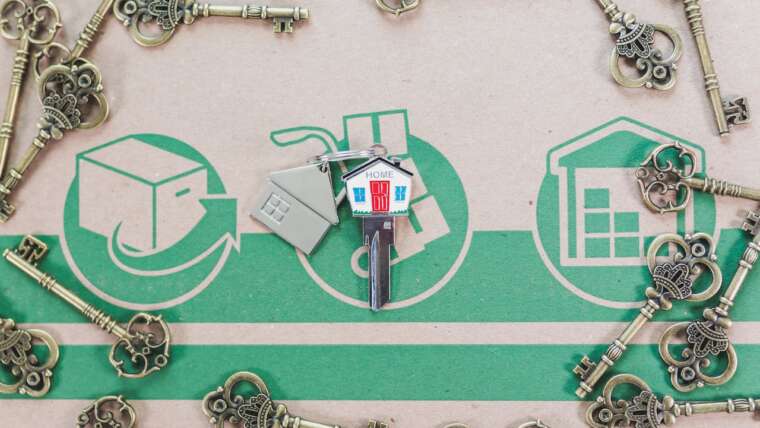
Buying your first home in Canada as a new resident requires preparation and knowledge of updated programs. In 2025, some rules and incentives are new or have changed. This guide explains each step and reviews specific programs that support new residents in Canada.
Table of Contents
- 1 Programs and Incentives for 2025
- 2 Earning Lenders’ Trust: Credit and Budgeting
- 3 Step-by-Step Home Buying Guide
- 4 Comparing Home Search Approaches Across Canadian Cities
- 5 Reviewing Market Options and Offers
- 6 Closing and Ongoing Costs
- 7 Updated Mortgage Rules for 2025
- 8 Practical Tools and Multilingual Help
- 9 Final Checklist
Programs and Incentives for 2025
Federal support can make buying a first home easier. The Home Buyers’ Amount provides a non-refundable tax credit of up to $1,500 for first-time buyers. To get this, you and your spouse must not have owned a property in the last four years. If you qualify for the Disability Tax Credit, you may also access this credit.
The Home Buyers’ Plan now lets first-time buyers withdraw up to $60,000 from a Registered Retirement Savings Plan for a home purchase. There is no tax on this withdrawal as long as the funds are paid back over 15 years. You need to have the funds in your account for at least 90 days before using them.
The First Home Savings Account is another way to prepare. You can add up to $8,000 yearly, with a $40,000 lifetime limit. Contributions reduce your income tax and withdrawals used for a first home are tax-free, including any gains from investments.
From July 2025, there is a new federal rebate for the GST on homes. If the property is priced up to $1 million, the entire 5 percent GST can be recovered. This benefit phases out between $1 million and $1.5 million and does not apply above $1.5 million.
Some provinces and cities, such as Ontario, British Columbia, and Toronto, have rebates for the land transfer tax for first-time buyers. These add to the federal incentives and have their own eligibility rules.
Earning Lenders’ Trust: Credit and Budgeting
To secure a mortgage, new residents need to show credit history from within Canada. Open a local bank account and use a secured credit card. Regular payments over 12 to 18 months build enough activity for banks to review.
Online mortgage calculators can show what price of home you can afford. Mortgage payments, taxes, utilities, insurance, and repairs should not take up more than 32 to 39 percent of income before tax. Use planning tools to check your debt levels and savings progress, and start using the First Home Savings Account and Home Buyers’ Plan as soon as you have income.
Step-by-Step Home Buying Guide
Getting Documents Prepared
Before viewing homes, gather necessary paperwork. Bring proof of permanent residency, job letters, recent pay stubs, your Canadian credit report, and proof of savings. Reference letters help if you do not have a long local credit record.
Mortgage Pre-Approval
Speak with mortgage specialists or brokers. Pre-approval shows sellers you are ready to buy and lets you know how much you can spend.
Choosing a Mortgage
Mortgage options vary. A fixed rate stays the same throughout your term. A variable rate may change, which can lower or raise your payments. Open mortgages allow early repayment, while closed mortgages limit this but usually offer a lower rate. Standard charge mortgages are easier to transfer between lenders than collateral charge mortgages.
Selecting an Agent
Work with an agent familiar with helping new residents. Some agents offer materials in languages other than English or French.
Comparing Home Search Approaches Across Canadian Cities
Many new residents explore by looking at homes for sale in Toronto, as well as in cities like Vancouver, Calgary, and Montreal. Each city’s housing market can differ in prices, property types, and the steps required to make an offer.
Reviewing listings from multiple cities allows buyers to see differences in housing supply, typical down payments, and closing costs. Comparing options side by side helps newcomers set realistic expectations and prepare the right documents for each region. This way, buyers avoid missteps and move forward with a clear list of required steps.
Reviewing Market Options and Offers
Access official tools and websites such as CMHC or Ratehub to see current sale prices and details by neighborhood. Check nearby transit, school, and shops for each area you review. List your must-haves, size, layout, improvements, or energy features. When ready, your agent can help you make a sensible offer based on recent sales for similar homes. Include clauses for mortgage approval and inspection.
Closing and Ongoing Costs
Home buyers face some closing costs. These may include legal services, land transfer tax (with a rebate if eligible), an appraisal, title insurance, a home inspection, and GST or HST on a new build. Ask your lawyer for an estimate of the total before you commit.
Ongoing costs after purchase add up. There is your mortgage, taxes, utilities, and, if you live in a condo, monthly fees. Plan for home insurance. Maintenance and repairs also require savings. Set up a separate emergency fund to avoid financial pressure if a large repair is needed.
Updated Mortgage Rules for 2025
For homes up to $500,000, a 5 percent down payment is the minimum. If a home is priced between $500,000 and $999,999, pay 5 percent on the first $500,000, and 10 percent on the rest. Homes over $1 million need a 20 percent down payment. Where the down payment is under 20 percent, mortgage insurance is required. The size of the down payment affects the insurance cost.
In 2025, first-time buyers with insured mortgages can choose up to 30 years for repayment. This lowers each monthly payment but increases total interest. The 30-year limit is also available for uninsured mortgages, where the down payment is at least 20 percent.
Practical Tools and Multilingual Help
Official guides explain all terms and steps. CMHC, RBC, and Ratehub have checklists for document preparation, budgeting, savings, and moving. Many are translated into common languages such as Mandarin, Punjabi, or Arabic. Use them to make sure every step is covered.
Final Checklist
Buying a home in Canada as a new resident means planning ahead, checking eligibility for each support program, and understanding the rules in your city. Gather your paperwork, build credit, and review your budget. Compare homes by city and area, then work closely with your agent and lender through your purchase. Always check with a bank, licensed adviser, or CMHC for the latest requirements. This helps you use every incentive and make each step easier.


